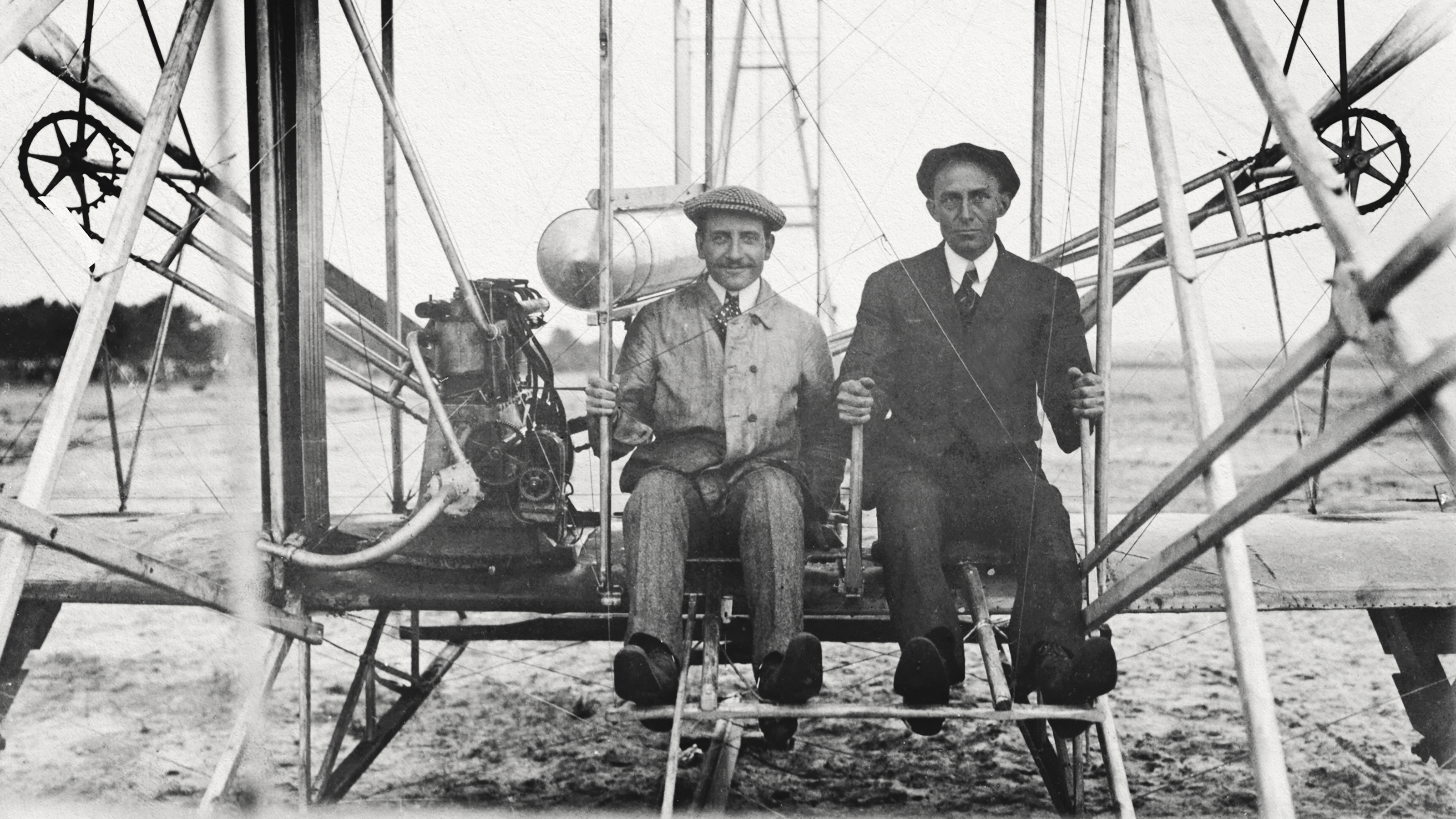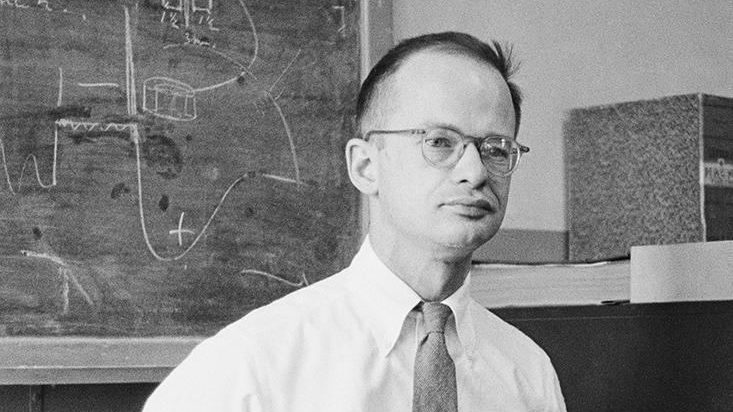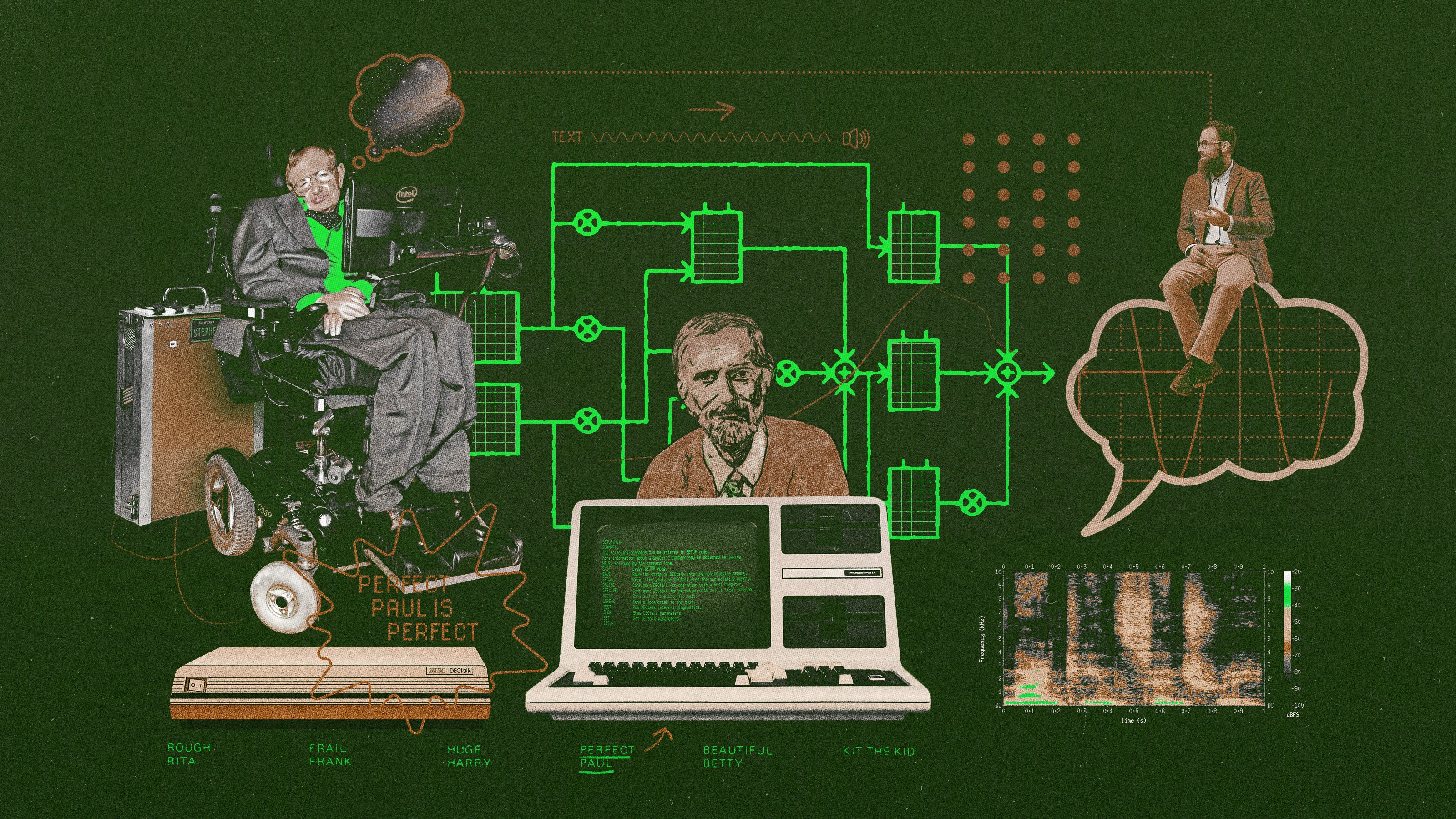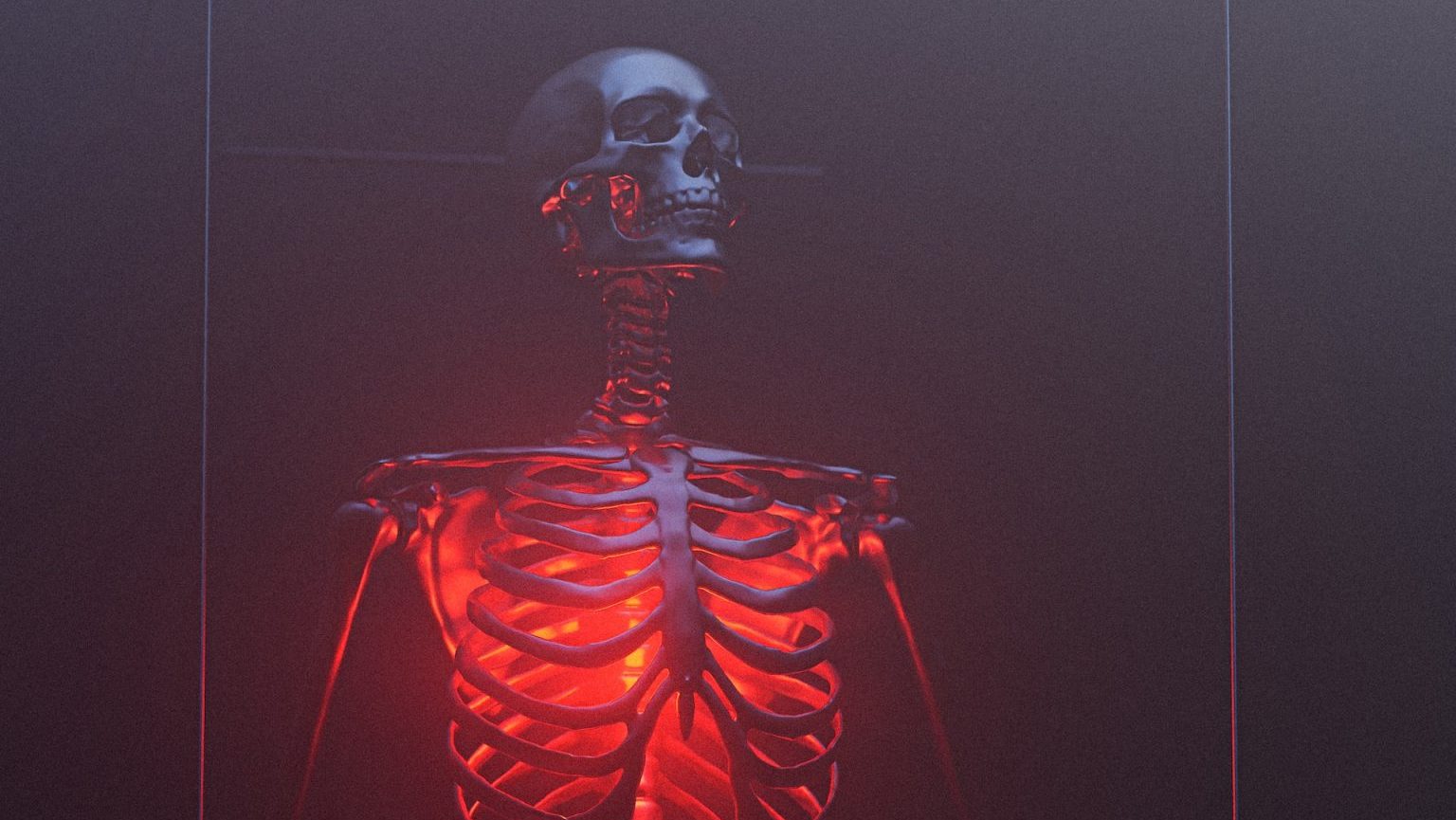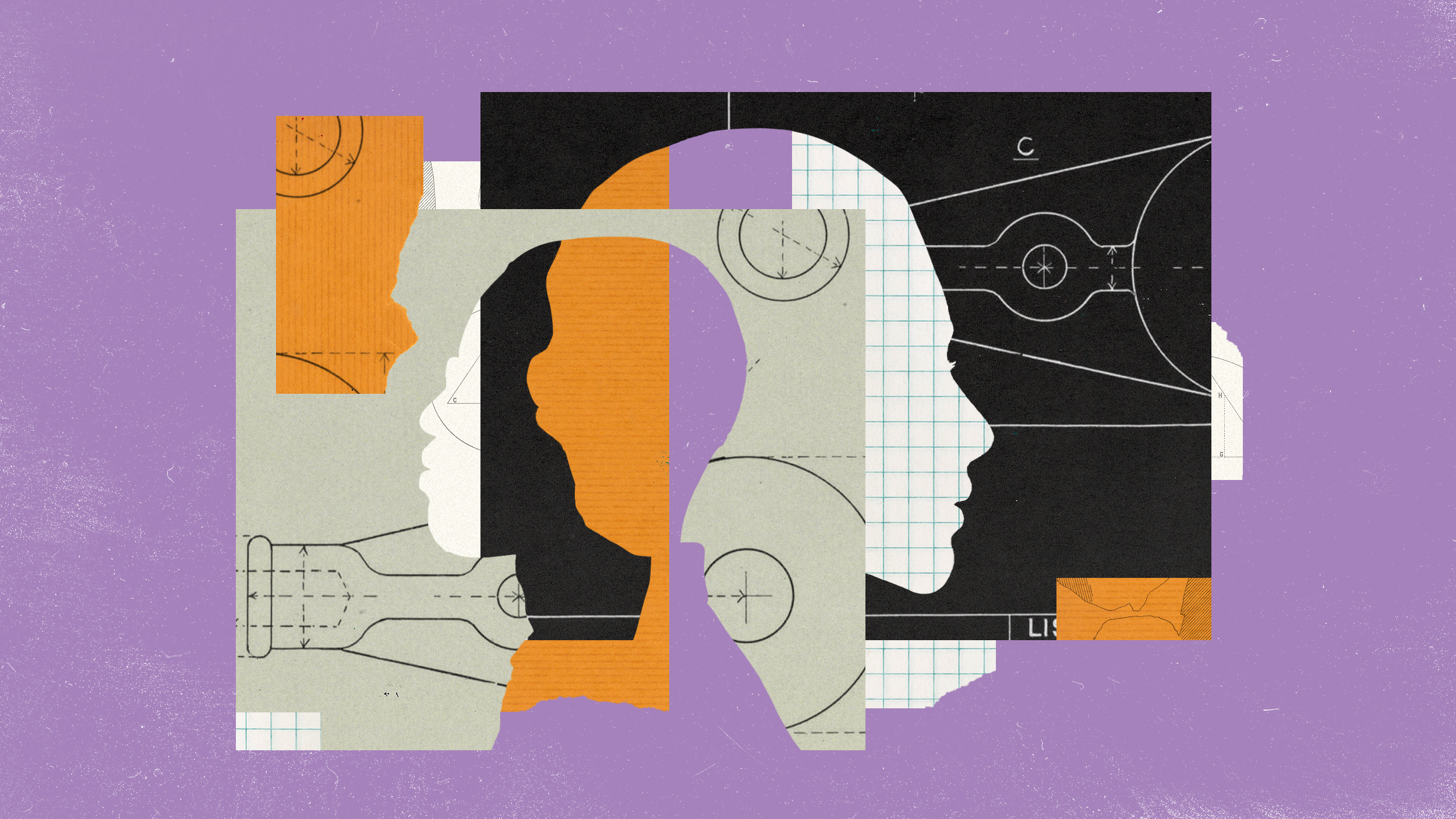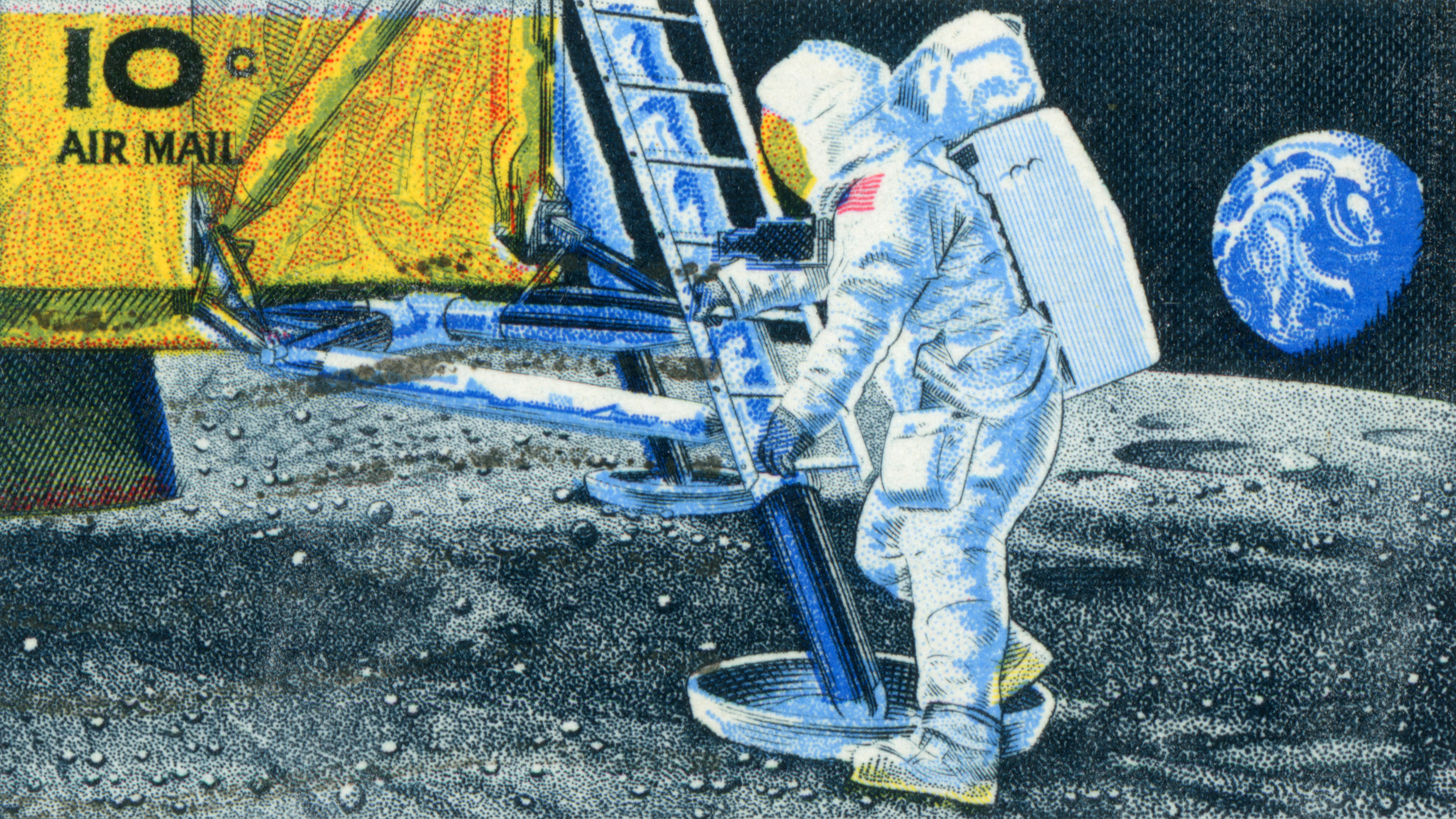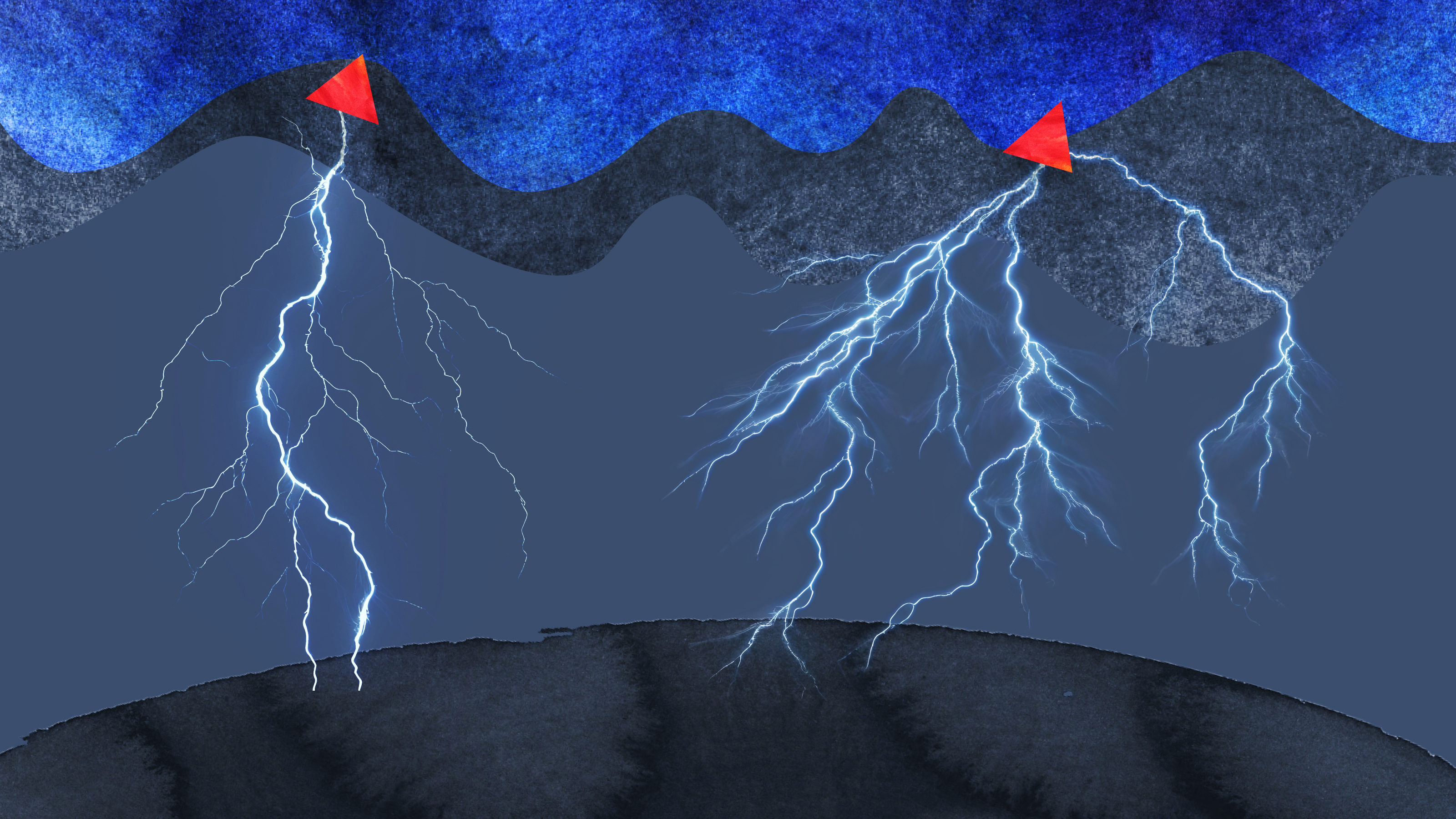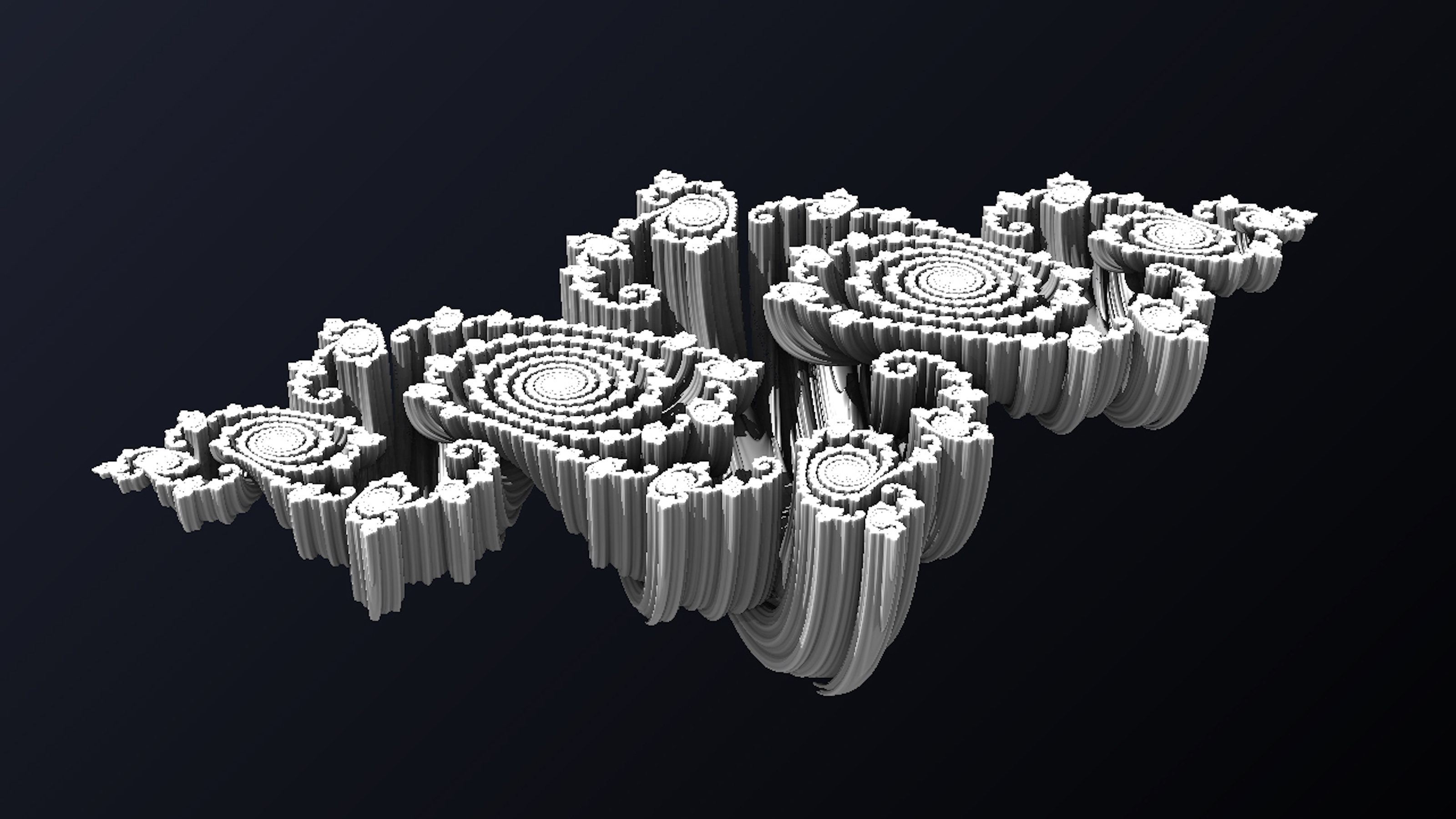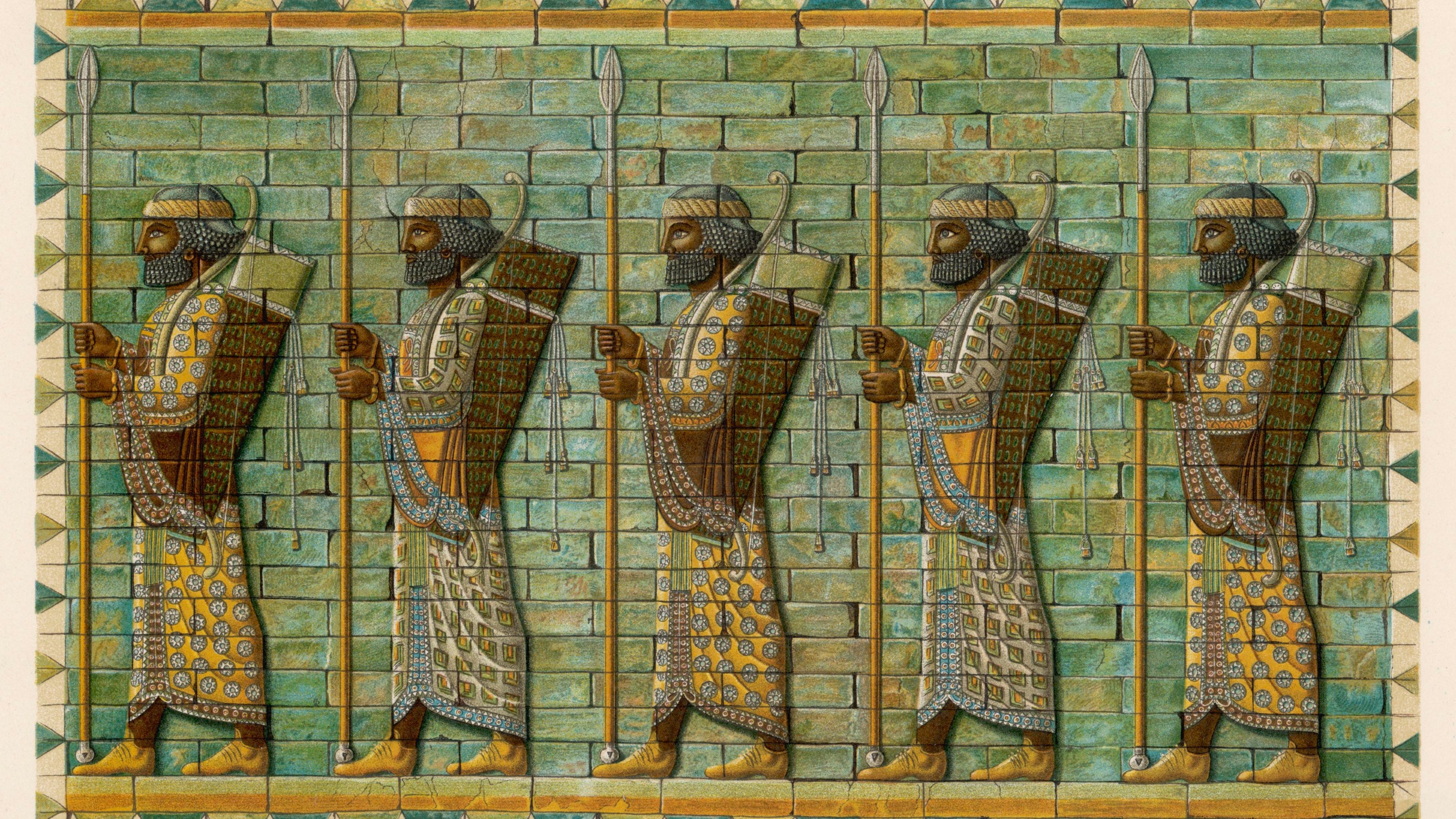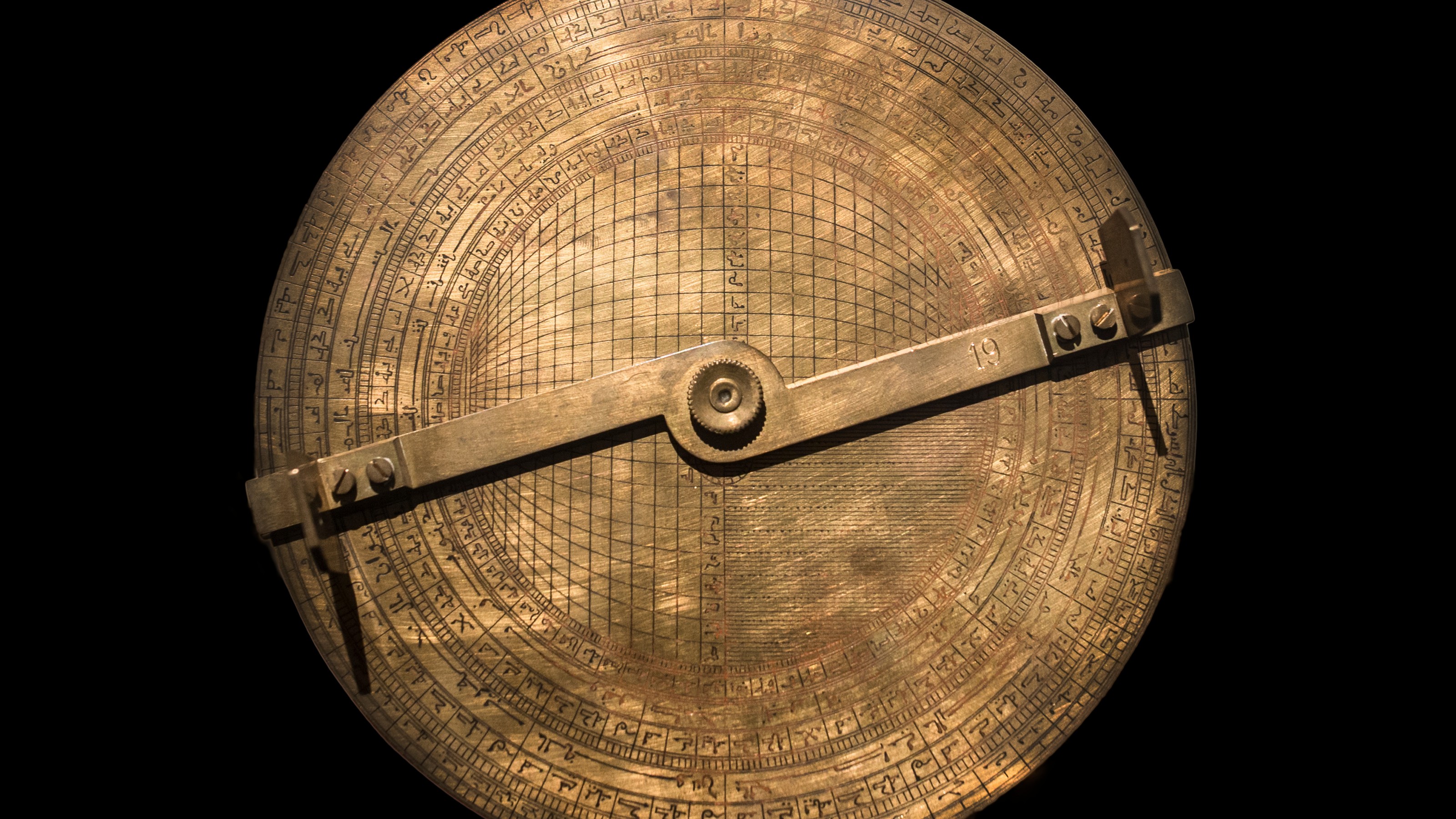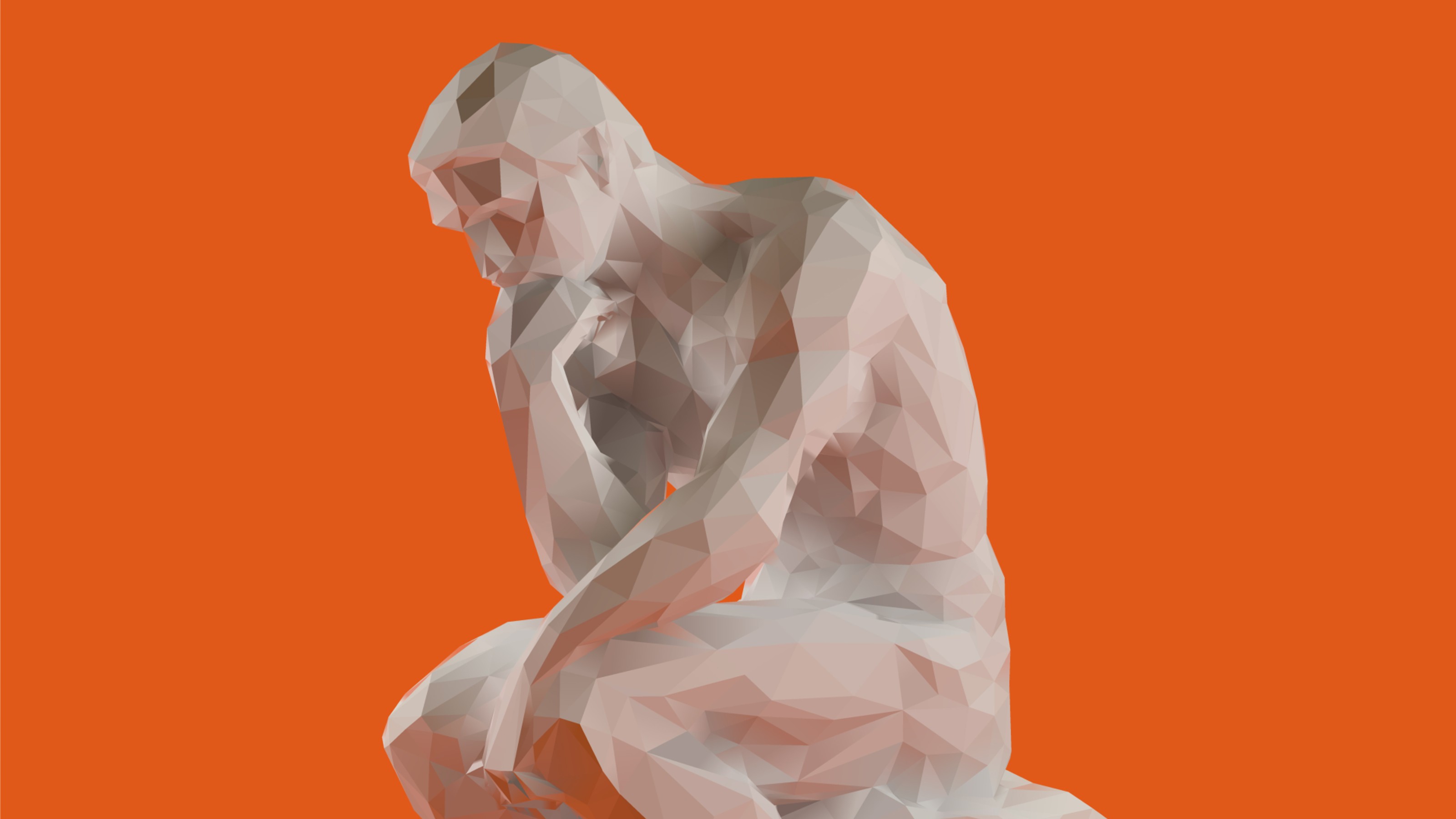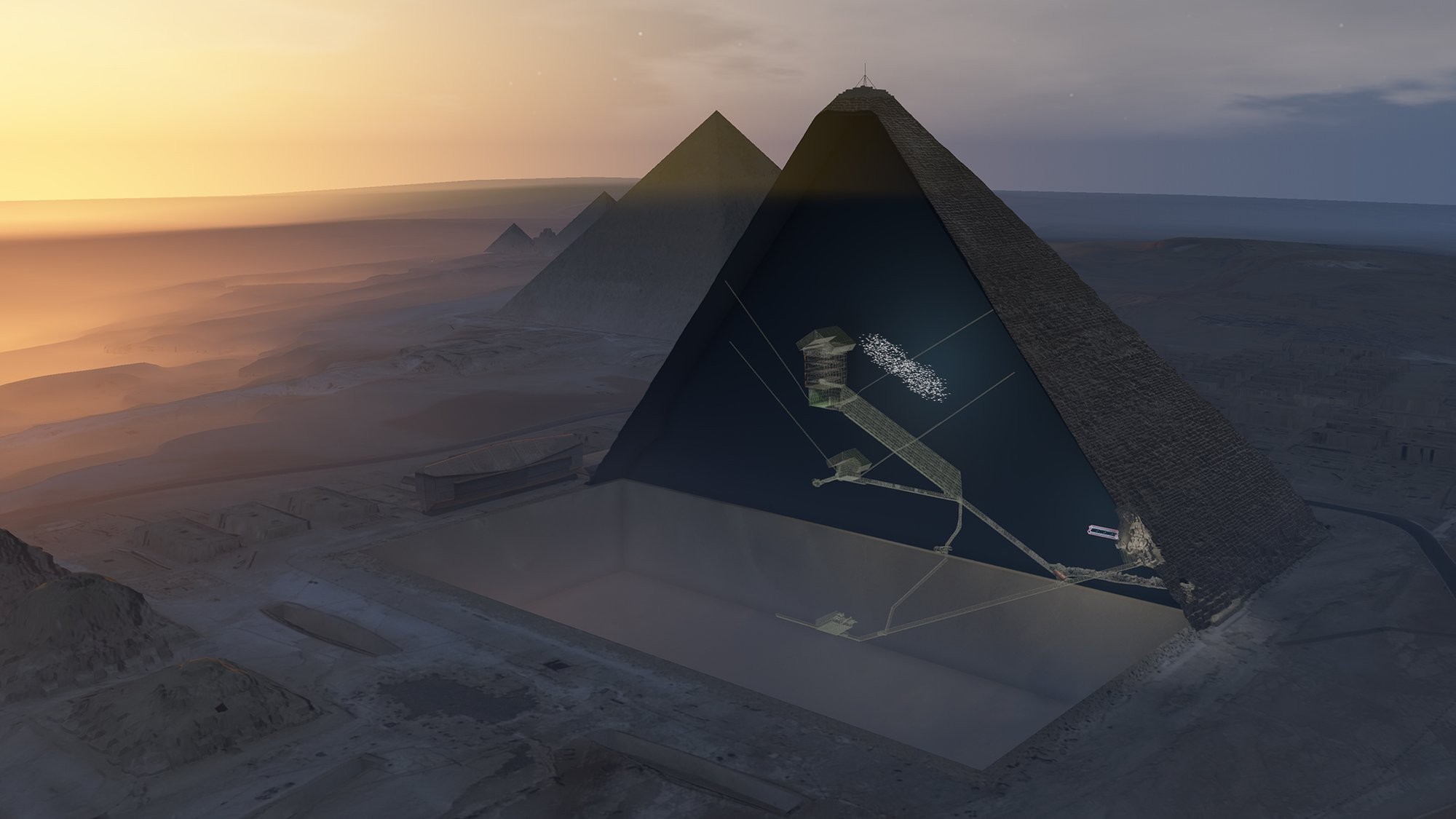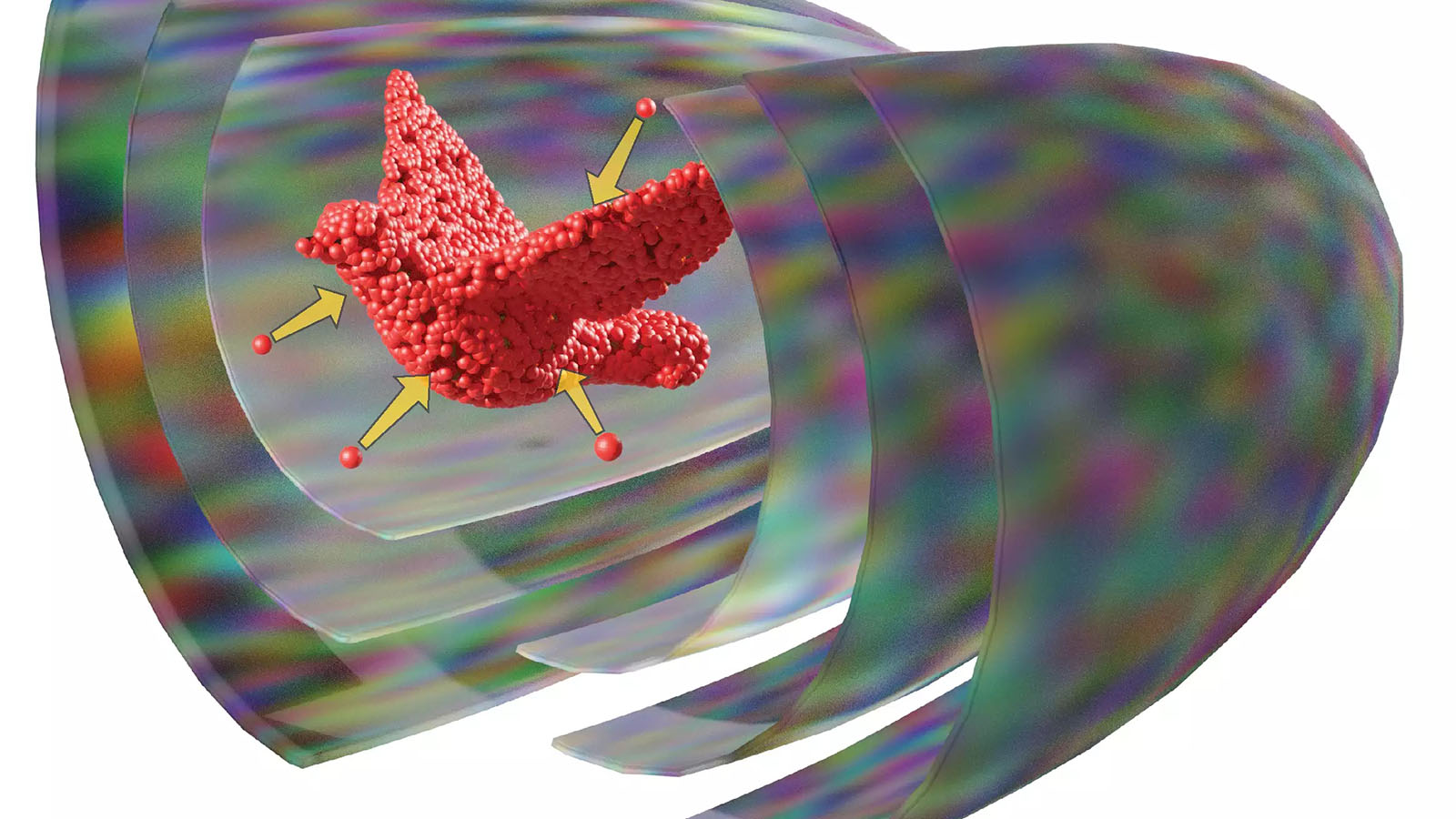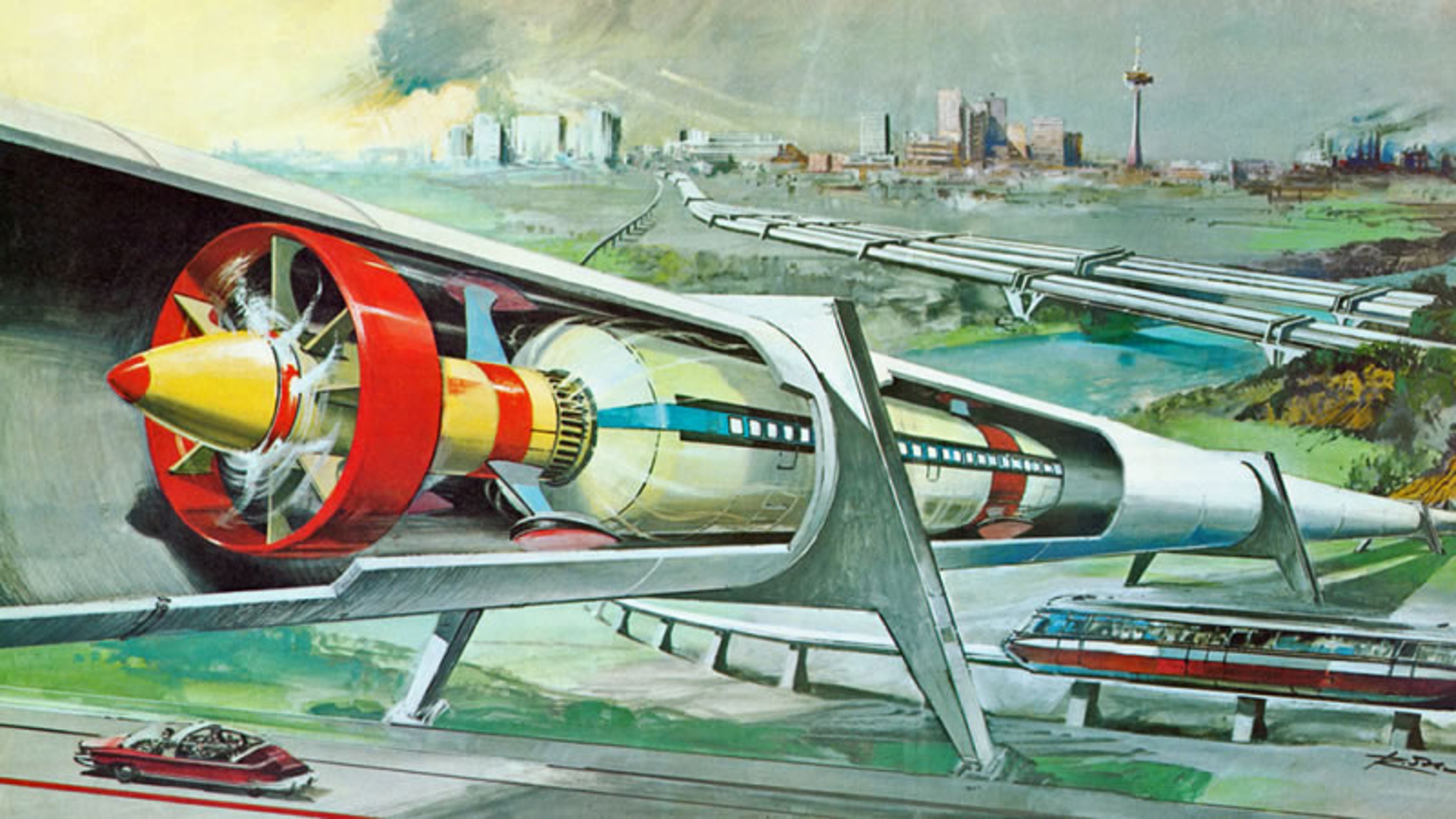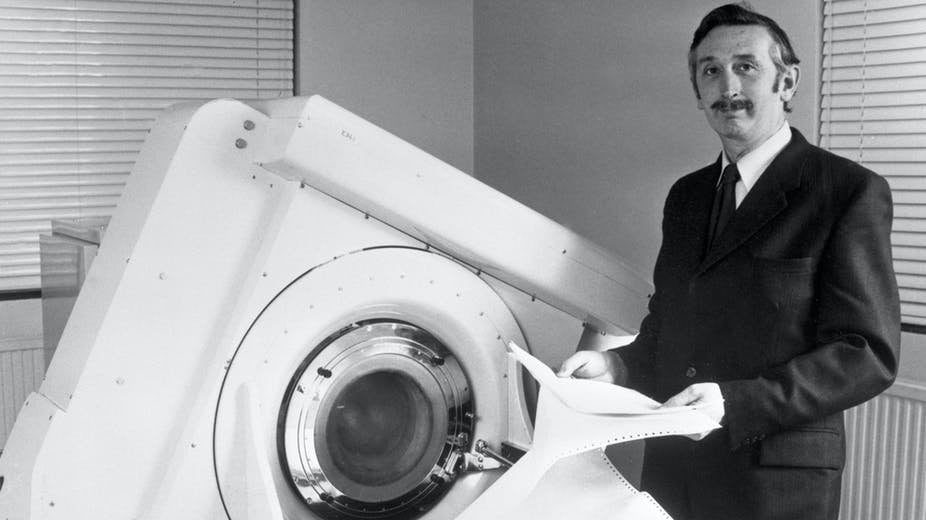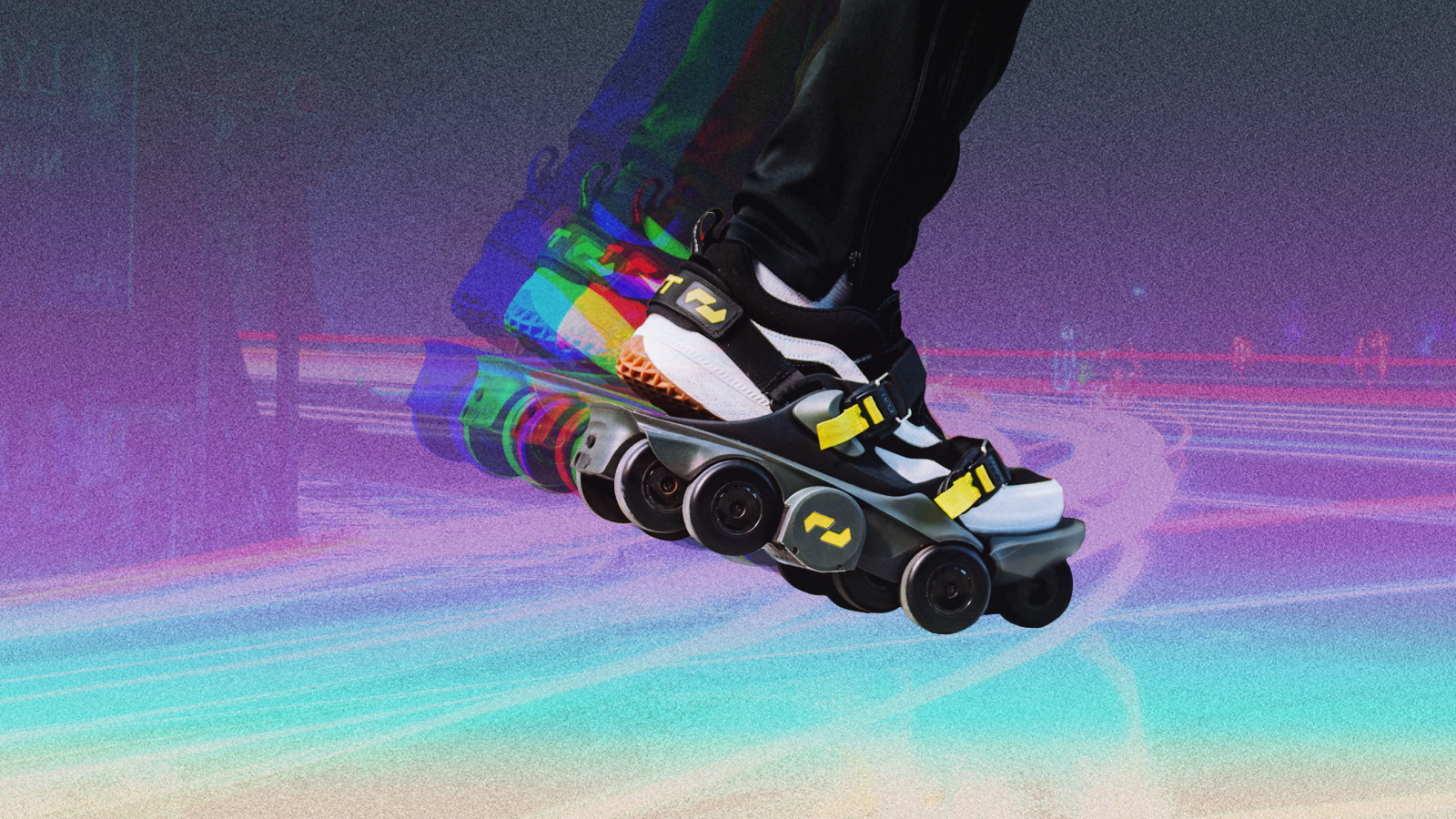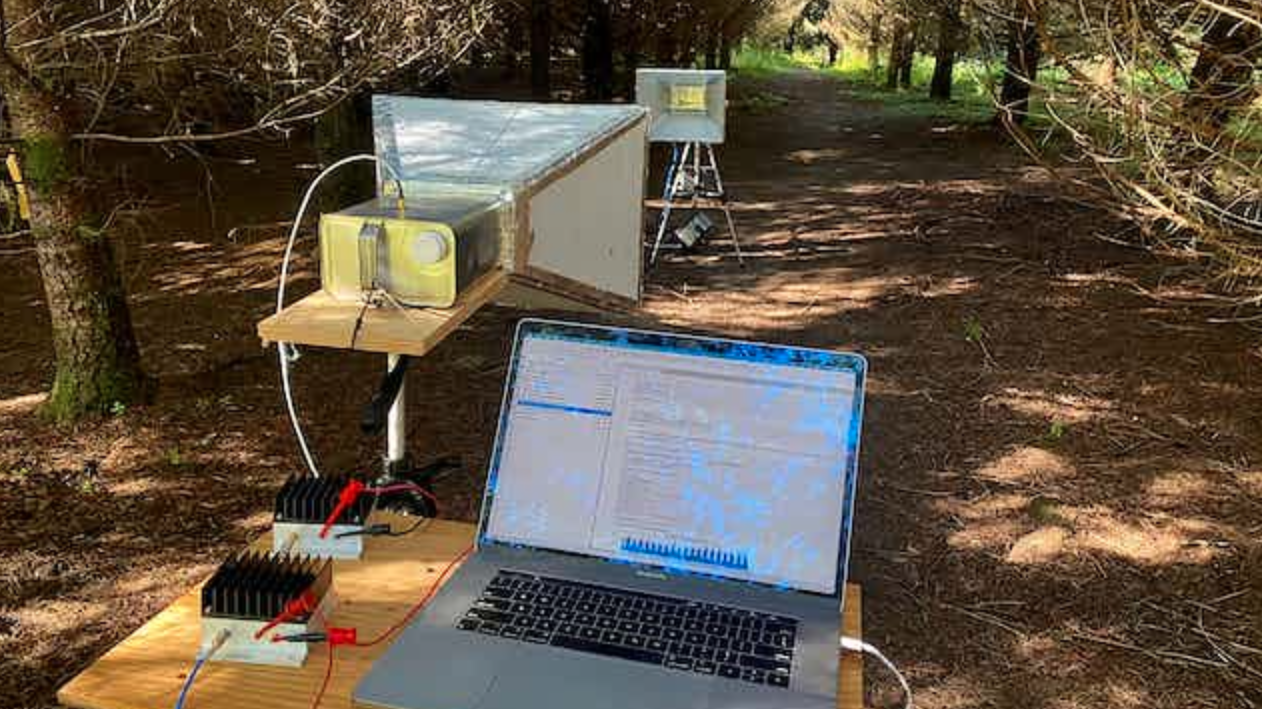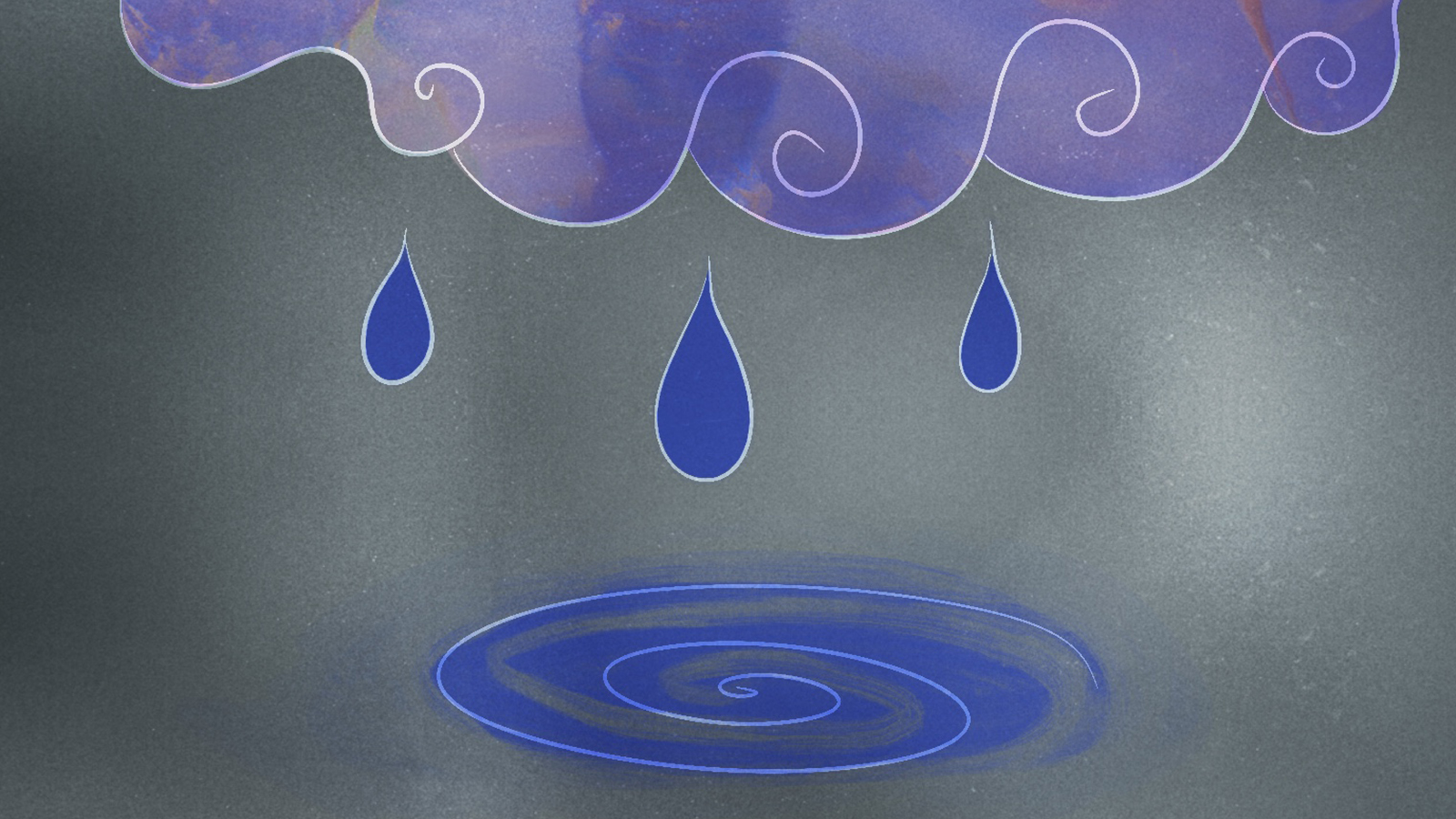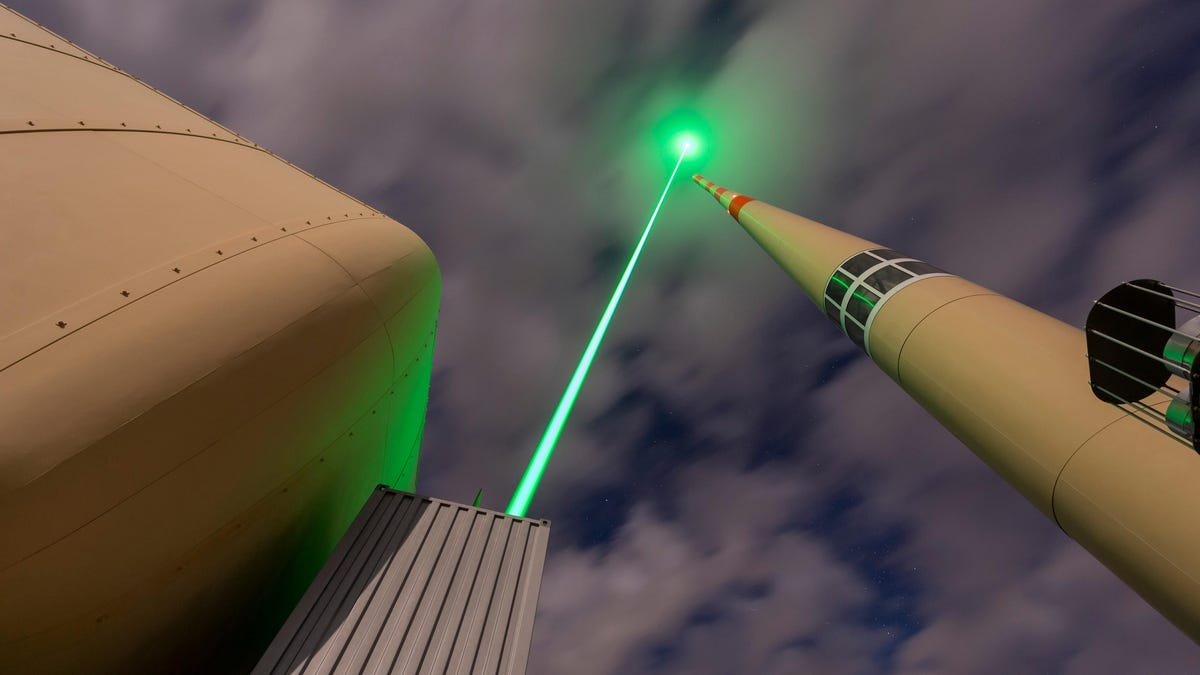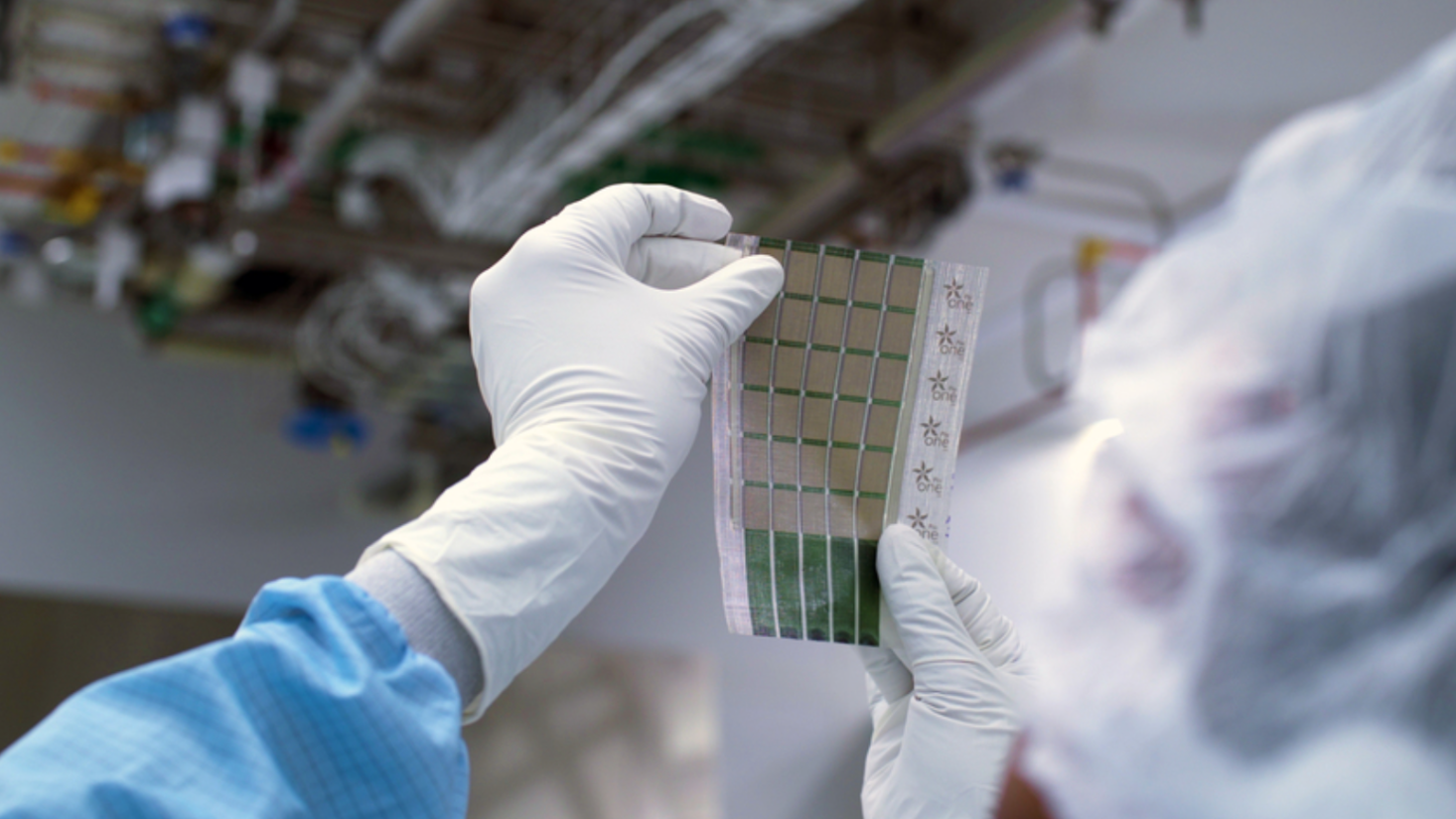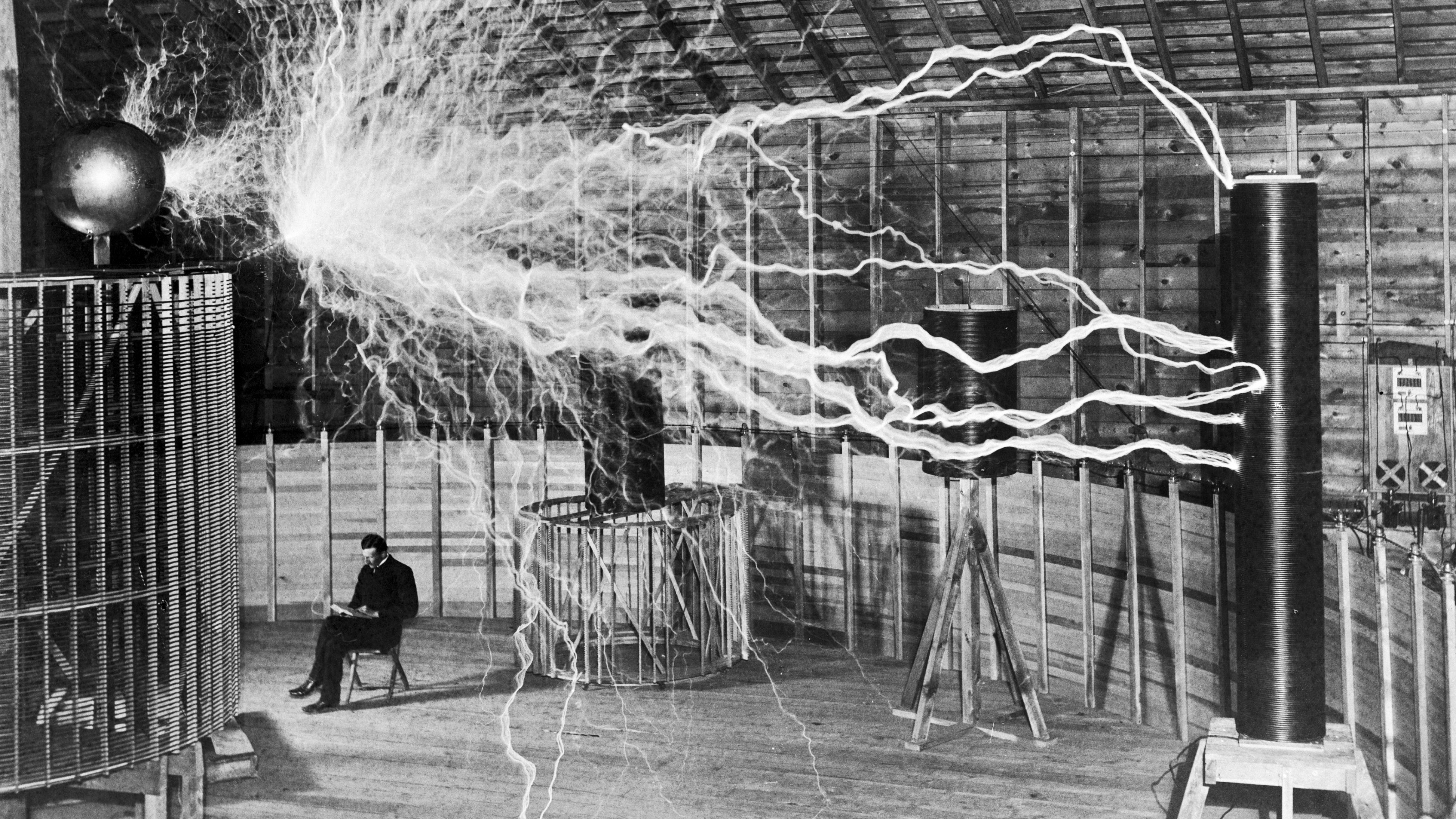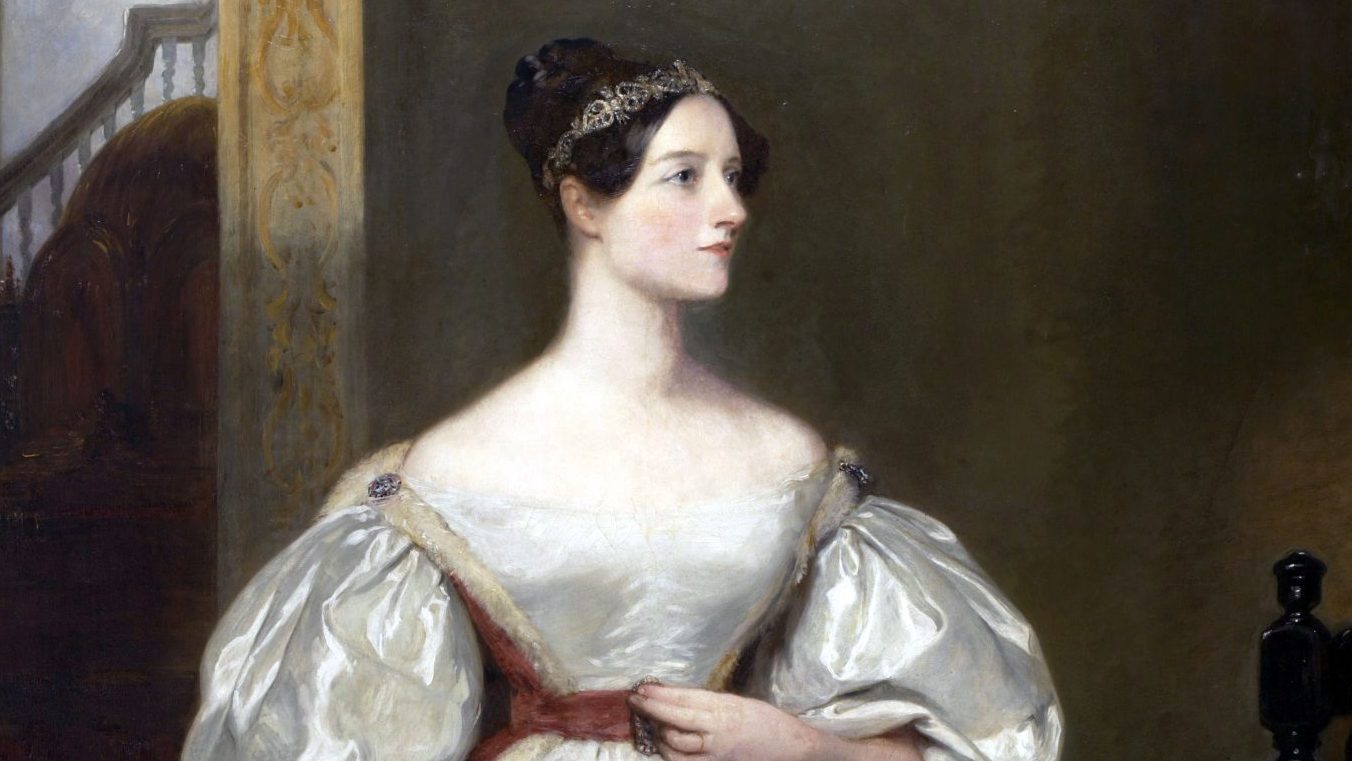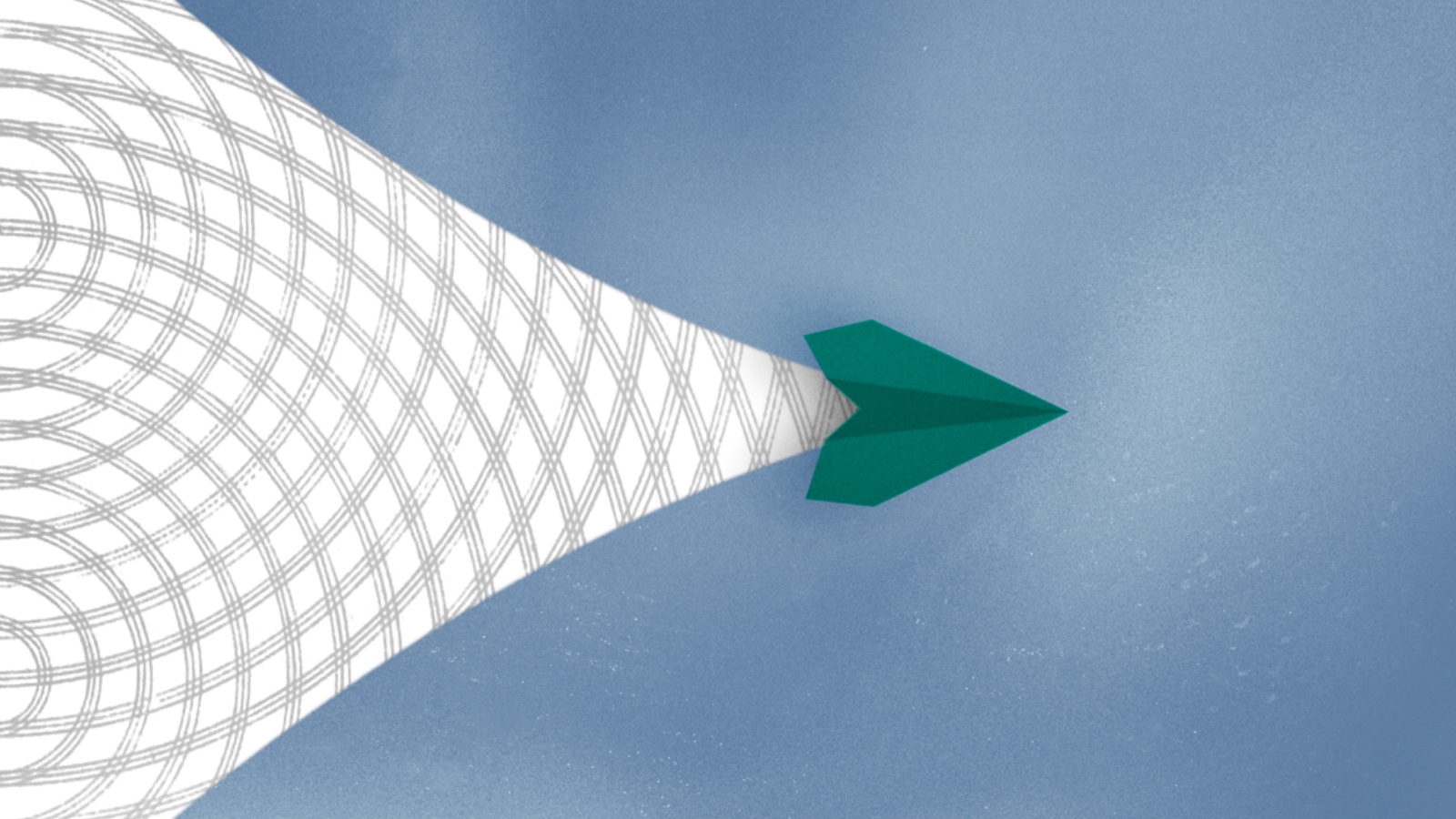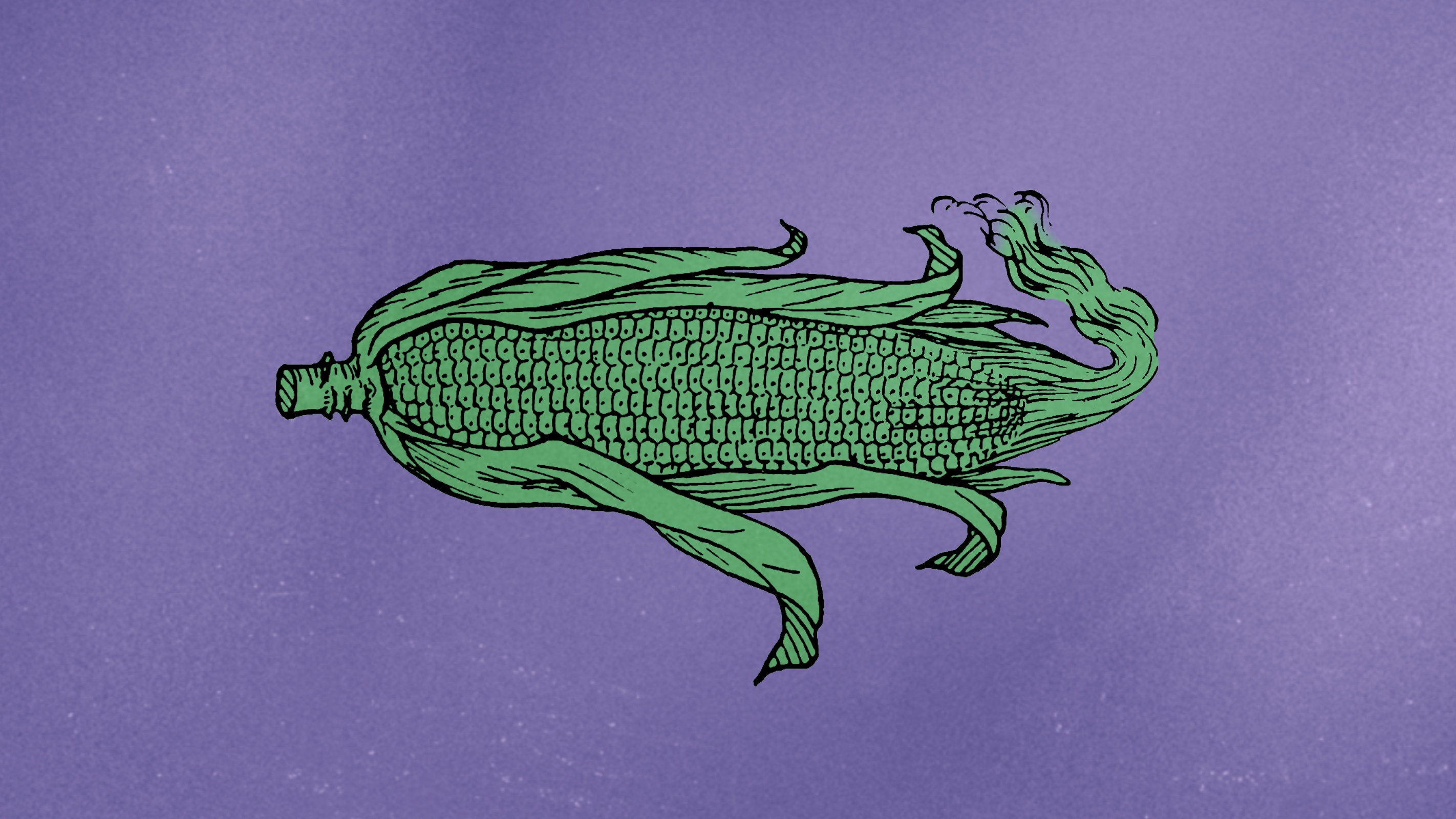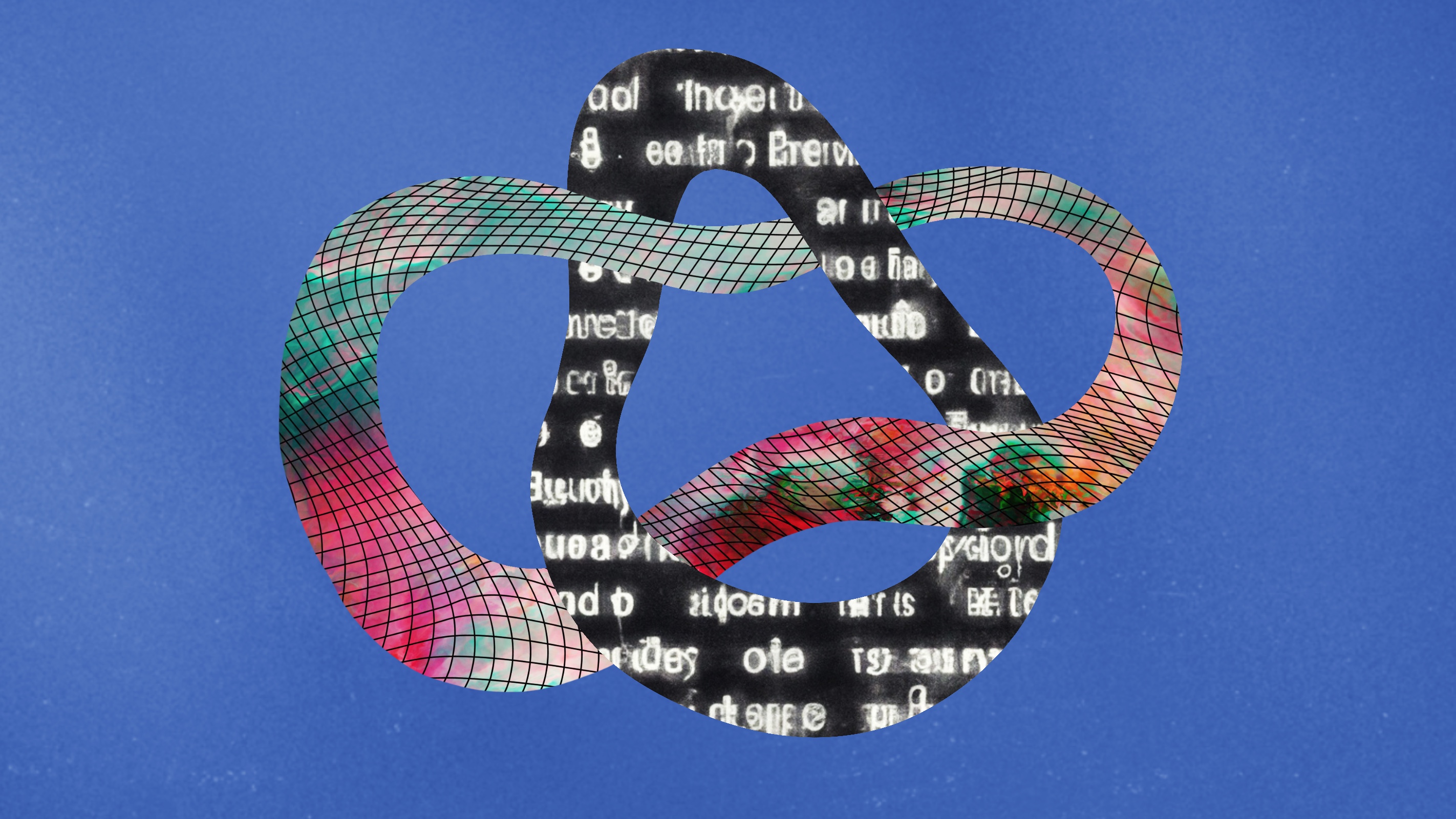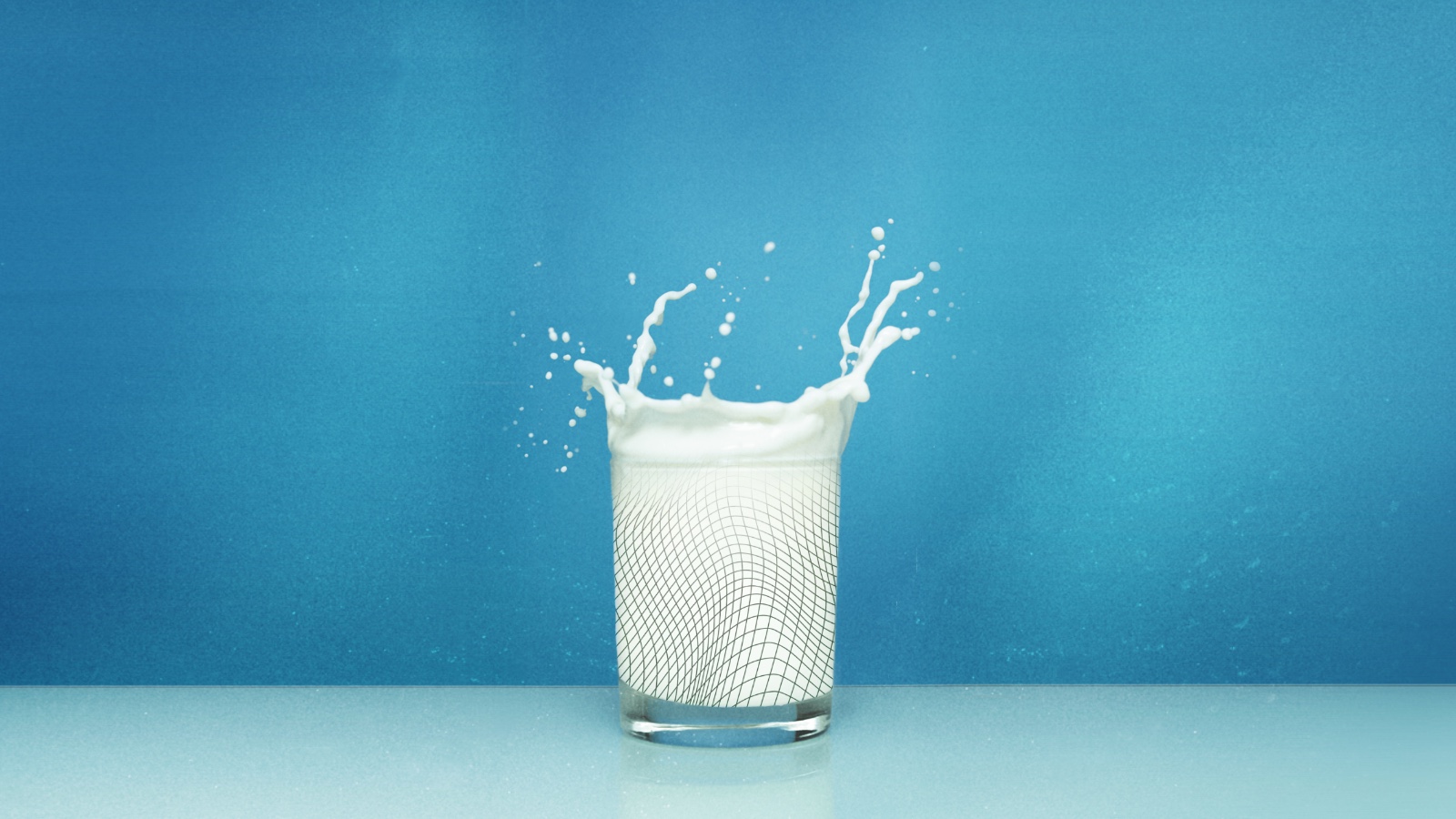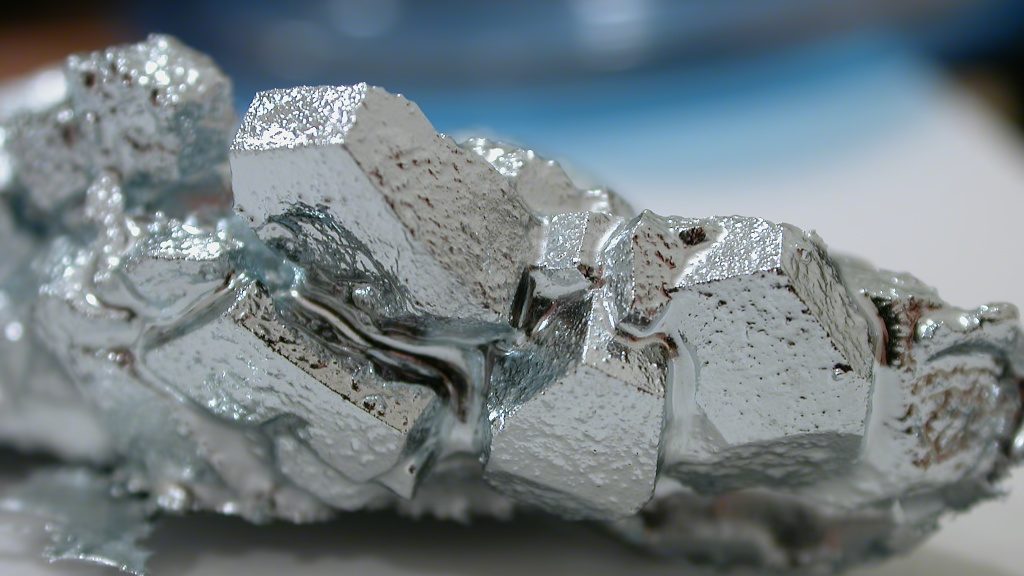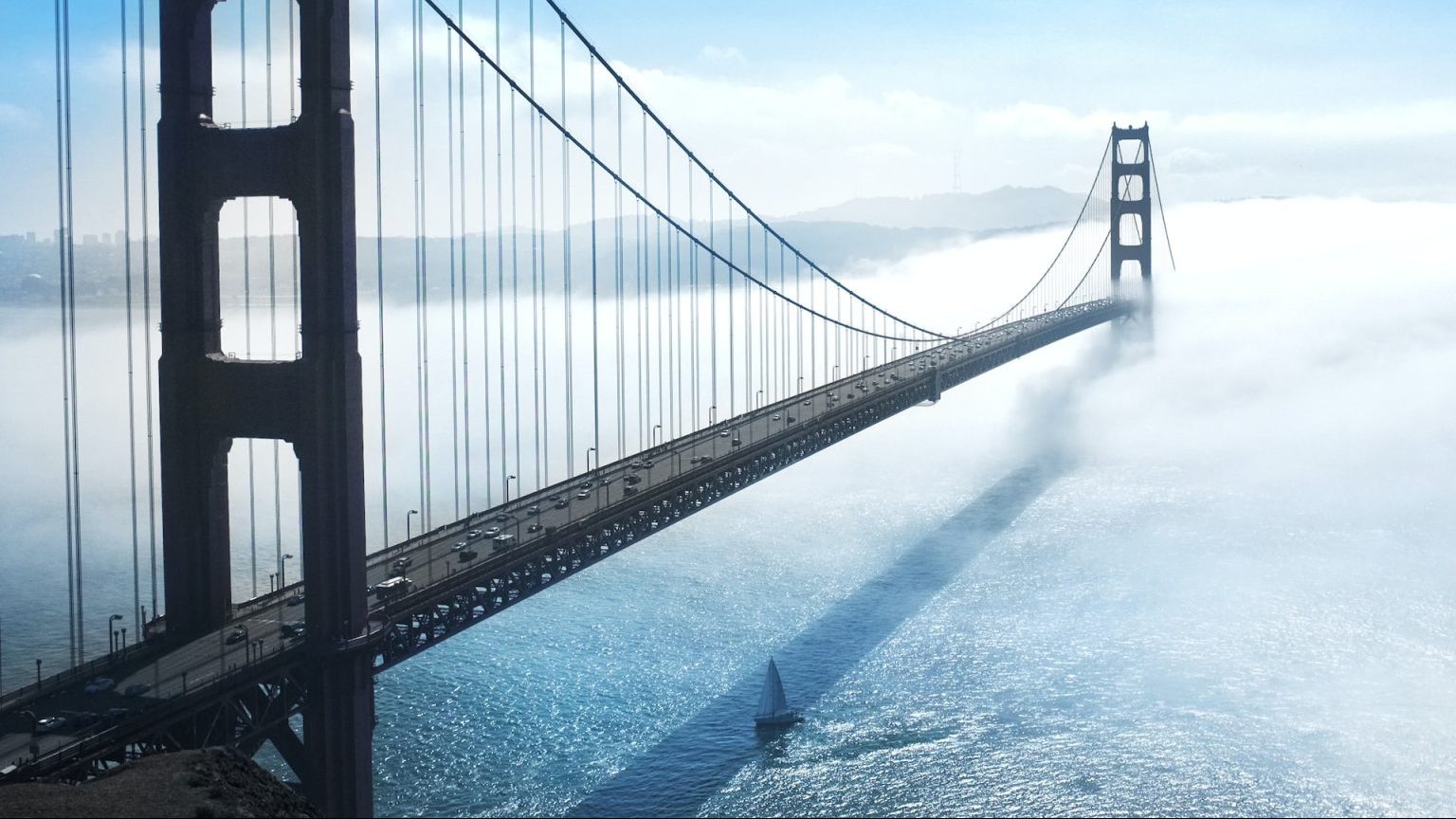innovation
Pessimism reigned supreme.
Walter Pitts rose from the streets to MIT, but couldn’t escape himself.
Remember Stephen Hawking's robotic voice? It wasn’t a robot.
Would you confess your crimes to a skeleton with "an unnatural ghastly glow"? One inventor thought you would.
Creating a culture of innovation requires champions and cheerleaders at every level and in every function within an organization.
In the spirit of the 1969 moon landing, we now have a golden opportunity to pursue “nondisruptive” creative solutions.
Laser-guided lightning isn't the only manmade way to create lightning.
Data scientists first gained prominence by making us click on ads — now the profession spans a multiverse.
From landscaped gardens to road systems, the Persians were among the first to create many things we still enjoy today.
Did fire change the development of the human brain?
The 1,200-year-old "Book of Ingenious Devices" contains designs for futuristic inventions like gas masks, water fountains, and digging machines.
An innovation's value is found between the technophile’s promises and the Luddite’s doomsday scenarios.
A non-invasive method for looking inside structures is solving mysteries about the ancient pyramid.
Using shaped ultrasound, researchers can 3D print objects in one shot.
Skepticism is appropriate when gazing into the futurist's crystal ball.
Godfrey Hounsfield’s early life did not suggest that he would accomplish much at all.
They cost $1,400 and will make you feel like you’re always on a moving sidewalk.
Apart from the energy needed to flip the switch, no other energy is needed to transmit the information.
Innovative thinking has done away with problems that long dogged the electric devices — and both scientists and environmentalists are excited about the possibilities.
Why can’t more rainwater be collected for the long, dry spring and summer when it’s needed?
Laser-guided lightning systems could someday offer much greater protection than lightning rods.
Some solar cells are so lightweight they can sit on a soap bubble.
The shift from steam to electricity was inevitable — but some foresaw it earlier than others.
Ada Lovelace’s skills with language, music, and needlepoint all contributed to her pioneering work in computing.
Shouldn't "flight mode" be obsolete?
It’s an agricultural moonshot: Scientists hope to increase plant yields by hacking photosynthesis, the process that powers life on Earth.
Life is the only physical system that actively uses information.
Synthetic milk is not a sci-fi fantasy; it already exists.
Bend it. Stretch it. Use it to conduct electricity.
In the future, driving an app across a bridge could let engineers know how safe it is.
